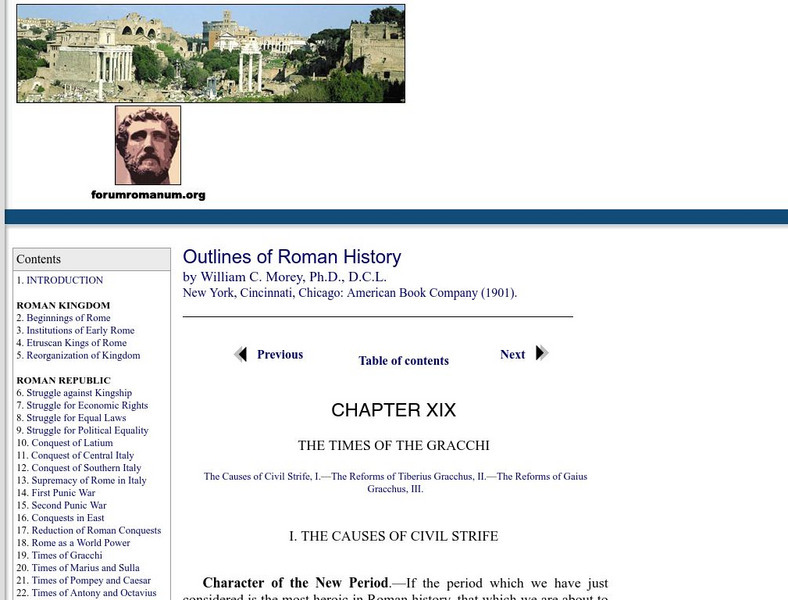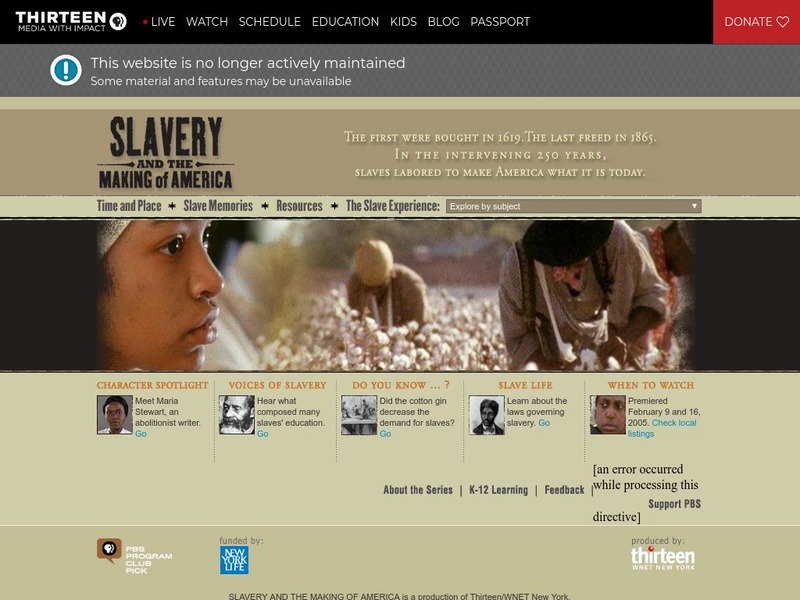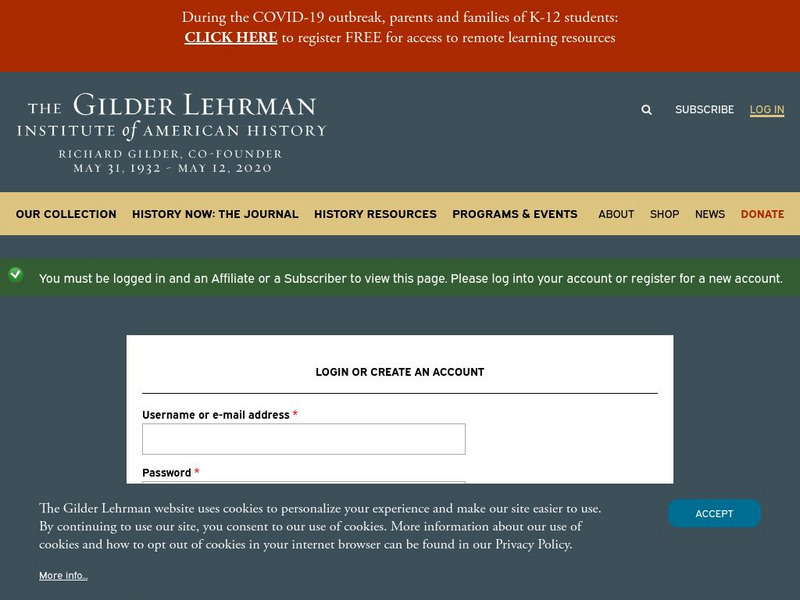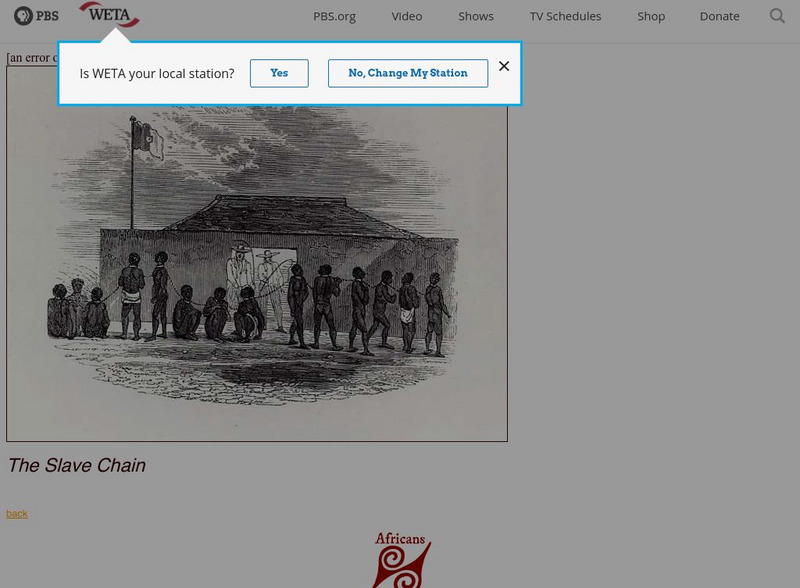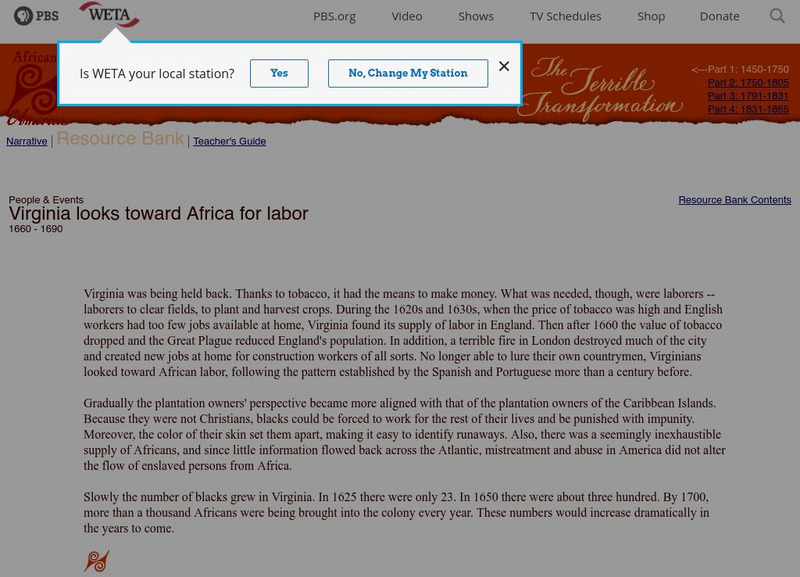Curated OER
Comparing SLaves and Servants in Colonial New York
Young historians compare and contrast differences in the laws that regulated the activities of slaves and servants. They review and analyze a series of primary source documents to explain the social constructs related to slaves and...
Curated OER
The Economienda System
Explore the Economienda System common in Latin America during the 1700s. The class will read the included text, answer 3 critical-thinking questions, and fill out a pie chart showing the demographics of the time. They will learn about...
Curated OER
African American Achievers
Students complete research projects. Students research the achievements of various African Americans and their contributions to the world. They use various resource links on the Internet to become more knowledgeable about the topic.
Curated OER
The African Slave Trade
Provide your class with a look of the scope and context of the African Slave Trade. Graphic images of lynchings, injuries from whippings, and slave auctions will leave viewers agape with horror and ready to discuss the question on the...
Curated OER
How Africans Became Slaves for the Colonists
Students complete a t-chart identifying the advantages and disadvantages of having indentured servants. In groups, they research the use of serfs and slaves in various cultures and share their responses. To end the lesson, they...
Curated OER
Backward Lesson Plan
High schoolers explore and analyze the position of freedmen in the post Civil War period as well as the impact of Andrew Johnson's presidency on Reconstruction. In addition, they evaluate the laws and amendments that were put in place...
Curated OER
Plantation Economy Discussion: Activity 6
Lead your class in a discussion on the many components of plantation economics during the colonial period. This presentation is comprised of a single slide which houses 13 discussion topics related to plantation economy. Note: Use this...
Curated OER
In The Footprints of the Slaves and Conductors
Fifth graders research and examine the conductor sites to find routes to hide their slaves. They are given a map to map out a route to hide fifteen slaves. Each group is given three to four clues about their stations to pass on to...
Curated OER
A Comparison of Indentured Servants and Slaves
Sixth graders examine and compare the lives of slaves and indentured servants using primary sources and the historical fiction books, "Molly Bannaky and Barefoot." They analyze and compare advertisements for runaway slaves. Students...
Curated OER
North or South? Which has a better way of life?
Sixth graders brainstorm what they believe are the causes of the Civil War. They copy the blank circle graph into their Social Studies journals twice once for their prediction and once for the actual. Students list the following...
Curated OER
Off Times of Slaves on the Sea Islands
Sixth graders explore the aspect of slave life on the Sea Islands. They explore the Gullah language, folk tales, music and games during the "off" times of slaves. Students read and interpret Gullah folk tales. They recognize music in the...
Curated OER
Southern Agriculture and the Slave Trade
Students examine the relationship between agriculture and the slave trade during the 1860s. In groups, they research how two factors led to the explosion of slavery in the Southern United States. Using maps, they answer comprehension...
Curated OER
Point of View of Former Slaves
Students examine what life was like for slaves from the point of view of ex-slaves. They use resources from the Federal Writers' Project which took place in the mid- 1930's. They look at the importance of religion, the different status...
Curated OER
African Americans: 1800 - 1870
Students explore living and working environment of both slave and free African Americans from places throughout the United States.
Forum Romanum
Outlines of Roman History: Times of the Gracchi: Causes of Civil Strife
In a chapter from William Morey's 1901 textbook, he explains the make-up of the Roman populus at the beginning of the Late Republic.
Other
The Haitian Revolution of 1791 1803
This is the first of four linked pages presenting a comprehensive essay on the Haitian Revolution.
PBS
Wnet: Thirteen: Slavery & the Making of America
Using primary documents, oral histories, and other historical resources, discover how the arts of Africa, Europe, and pre-Civil War America influenced the culture of enslaved African Americans.
PBS
Wnet: Thirteen: The Supreme Court: Landmark Cases: Dred Scott v. Sandford (1857)
PBS features a summary of the landmark Supreme Court case of Dred Scott v. Sanford which ruled that African Americans are not American citizens, and therefore could not sue in federal court. Decision written by Chief Justice Roger B. Taney.
Gilder Lehrman Institute of American History
Gilder Lehrman Institute: The Reconstruction Amendments
[Free Registration/Login Required] An article that discusses the 13-15th amendments and their impact on social history.
PBS
Pbs: Africans in America: The Slave Chain
A close up picture providing an example of what a slave chain looks like. Click on Teacher's Guide for teacher resources.
Other
Al Islam: Slavery in Ancient Times
This resource gives a history of slavery from pre-Islamic Times and its continuation under Islam.
Khan Academy
Khan Academy: Us History: 1800 1848: The Cotton Kingdom
During the first half of the nineteenth century, demand for cotton led to the expansion of plantation slavery. By 1850, enslaved people were growing cotton from South Carolina to Texas.
PBS
Africans in America: Virginia Looks Toward Africa for Labor
This website explains why Virginia needed laborers, why it led to the use of African labor and how it was justified by Christians. Hyperlinks to related topics on the site.
Independence Hall Association
U.s. History: Life in the Plantation South
Plantation life was a dichotomy between rich and poor, land owners and laborers. Read about the life of the rich plantation owners and their families. See how the role of women was different on the plantations.
















